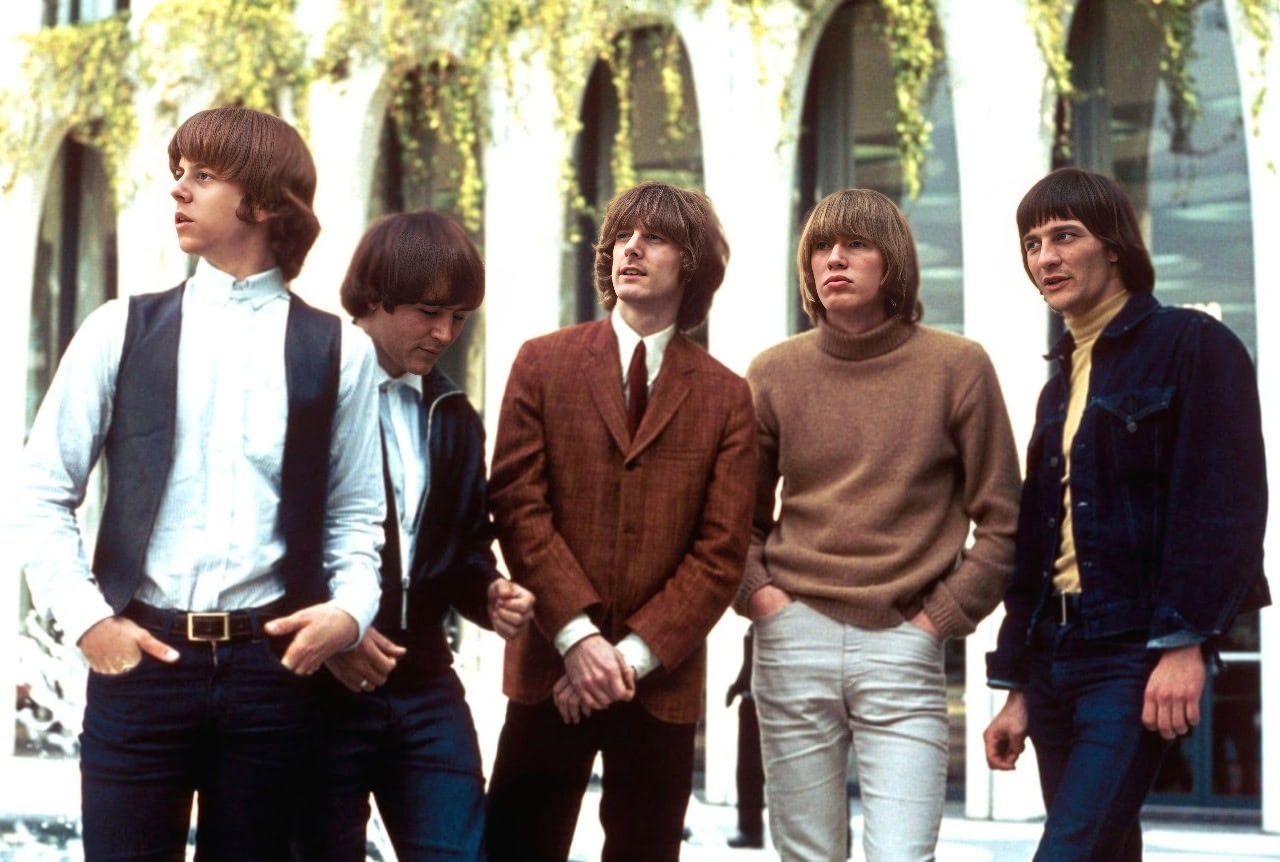
“Mr. Tambourine Man,” released in April 1965, isn’t just a song; it’s a sonic landmark that ushered in the era of folk-rock and cemented The Byrds’ place in music history. Originally written and performed by Bob Dylan, The Byrds’ electrified interpretation transformed the song into something entirely new, blending Dylan’s poetic lyrics with a bright, jangly sound driven by Roger McGuinn’s iconic 12-string Rickenbacker guitar.
The Byrds, formed in Los Angeles in 1964, consisted of McGuinn, Gene Clark, David Crosby, Chris Hillman, and Michael Clarke. Their unique sound, heavily influenced by The Beatles and the British Invasion, infused American folk traditions with a rock and roll edge. “Mr. Tambourine Man” became their breakthrough hit, catapulting them to international fame.
The song’s success was immediate and widespread. It reached number one on both the Billboard Hot 100 in the US and the UK Singles Chart, marking a significant moment as one of the first folk-rock songs to achieve such mainstream dominance. This accomplishment is often credited with popularizing the genre and inspiring countless artists.
The meaning of “Mr. Tambourine Man” has been debated for decades. While Dylan himself has remained somewhat enigmatic about its precise interpretation, many see it as an ode to the muse, a call for inspiration, or a longing for escape and transcendence through music. The “tambourine man” could represent a spiritual guide, a drug dealer, or simply the power of music itself to transport the listener to another realm.
The audience response was overwhelmingly positive. Critics lauded The Byrds’ innovative arrangement and the song’s captivating melody. The song’s ethereal quality and evocative lyrics resonated deeply with a generation yearning for something new and meaningful, becoming an anthem of the burgeoning counter-culture movement.